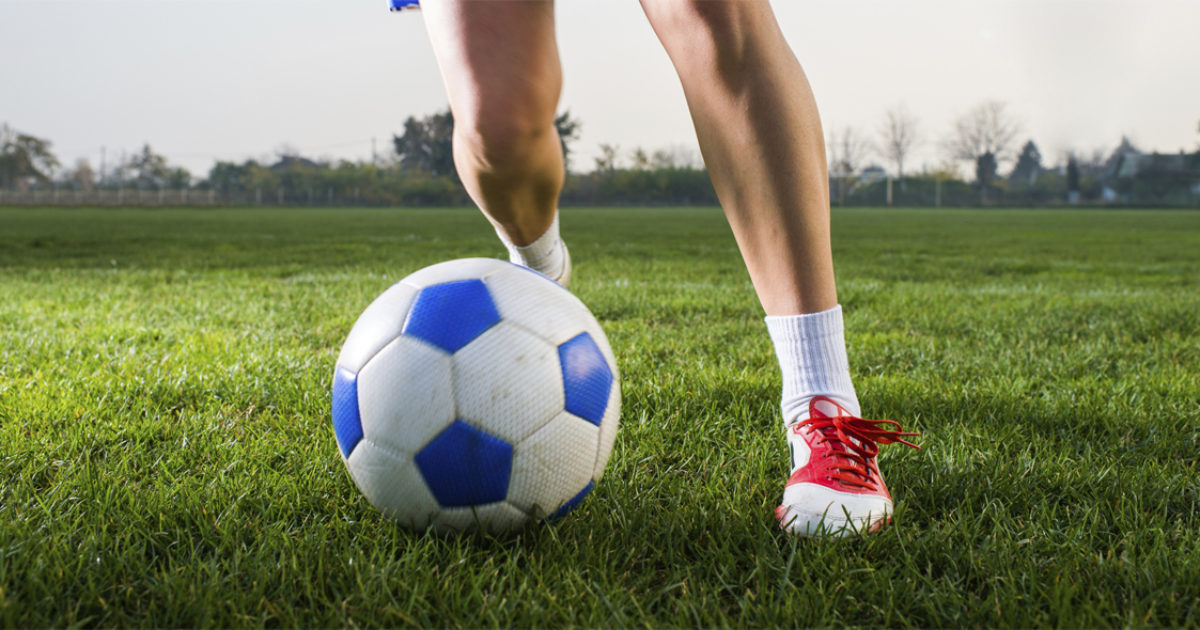
October 30, 2016 - TCO
When to let kids return to sports after injury
In a youth sports research study by Safe Kids Worldwide and Johnson & Johnson, it was determined that 51 percent of children’s visits to emergency departments are a result of strains, sprains and bone fractures. Millions of kids are injured playing sports each year, and one of the most difficult decisions parents and coaches have to make is deciding when to let their kids return to sports after injury.
Many parents rely on their child’s orthopedic specialist, team Athletic Trainer, family doctor or physical therapist to guide them by providing recovery timelines after serious injuries. But what about minor injuries?
Because not all injuries are serious, and not all injury timelines are 100 percent accurate for each individual child, it’s important for parents and coaches to know how to make sure kids are returning to sports only when the time is right.
When to let kids return to sports after injury
First and foremost, remember that after a serious injury to any young athlete the first thing you should do is visit an orthopedic specialist who will help your child heal properly, and as quickly as possible. If muscle, ligament, joint and bone injuries aren’t treated properly from the beginning, the healing process can be significantly longer and can even result in long-term damage. TCO Orthopedic Urgent Care clinics are open 8am-8pm, 7 days a week across the Twin Cities metro.
For minor injuries, or if your child has been cleared to play, here are some final guidelines to follow:
1. Return of strength and flexibility
The goal is to be about 90 percent to 95 percent back to normal, so ask your child to stretch, move and use their injured body part, comparing it to the other side of their body.
A progressive return to activity is essential to preventing re-injury. Consider starting at 50 percent of normal activity and slowly progressing based on your child’s returning strength and flexibility. ACSM suggests adding about 10 percent to 15 percent per week, provided there are no setbacks.
2. Minimal pain or swelling
There can still be minor, lingering discomfort or swelling during the final stages of healing, as well as during the initial return to activity. Stiffness is normal, so be especially careful to properly warm up. Use ice on the injury after activity. If the pain is considerably noticeable, or if it’s affecting your child’s movement, stop playing immediately.
3. Functional retraining
This is a technical way of saying your child should be able to perform all of the specific actions and motions required for their sport before returning to action. Baseball and softball players should be able to throw, swing and run before returning to the field, just like basketball players should be able to jump, cut, run and shoot without issues.
4. Mental confidence
Injuries, especially those with long healing processes, can greatly affect a young athlete’s confidence. Before returning to sports, make sure that your child is mentally ready to get back out there, and is 100 percent sure they can perform the activities required for their sport.
One way to build confidence is to cross-train, working on overall cardiovascular fitness while also using the healing body parts in a less-aggressive way. For example, soccer players who suffer ankle and knee injuries may enjoy swimming or biking to work on their strength and flexibility before returning to sprinting, cutting and kicking.
Sports injury prevention program
Preventing an injury in the first place is always the best option, which is why TCO has designed a comprehensive Sports Injury Prevention Program for individual athletes, teams and coaches who want to reduce the likelihood of injuries and enhance overall performance.
Twin Cities Orthopedics is dedicated to providing all athletes, parents, coaches, teachers and friends in the community with access to world-class sports medicine specialists and helpful resources. Many of our staff members are parents and coaches of young athletes themselves, so we understand how important it is to share knowledge and work together to make sports safer — and more FUN — for everyone!

